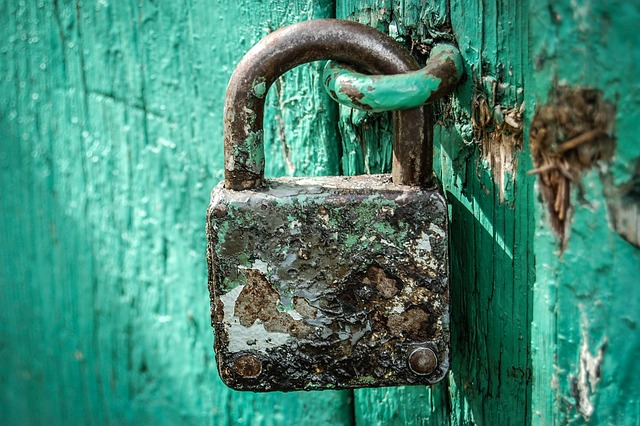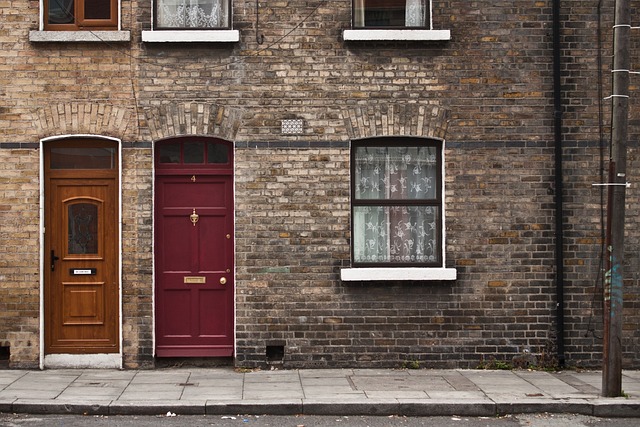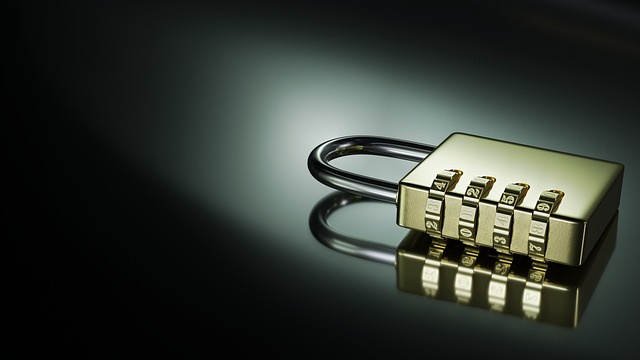Homeowners seeking enhanced remote security can rely on weatherproof wireless cameras, offering live feeds and alerts via smartphone apps from any location. These durable devices withstand harsh weather conditions, providing year-round monitoring and peace of mind, especially in rural or challenging areas. To choose the best camera for extreme conditions, look for IP67+ ratings, robust aluminum construction, high-definition video, motion detection, night vision, and 5GHz bandwidth. Proper installation, regular maintenance, clear lenses, battery monitoring, firmware updates, and protection from elements maximize the benefits of wireless security for remote homes.
“Secure your remote home with weatherproof wireless cameras, designed for extreme conditions. In today’s digital era, wireless security solutions offer unparalleled convenience and peace of mind. This article explores the unique needs of remote home security, highlighting the advantages of wireless cameras over traditional wired systems. We guide you through choosing the best weatherproof models, ensuring optimal performance through expert installation and maintenance tips. Discover how these innovative devices can transform your home’s security.”
- Understanding the Needs of Remote Home Security
- The Advantages of Wireless Security Cameras
- Choosing the Right Weatherproof Wireless Camera
- Installation and Maintenance Tips for Optimal Performance
Understanding the Needs of Remote Home Security

Many homeowners today are looking to enhance their home security, especially those living in remote areas. Wireless security cameras offer a practical solution for monitoring properties from afar. The ability to access live feeds and receive alerts remotely via smartphone apps is invaluable for peace of mind.
For extreme conditions like harsh weather, it’s crucial to invest in weatherproof wireless cameras designed specifically for outdoor use. These cameras are built to withstand varying temperatures, heavy rain, snow, and even high winds, ensuring they remain operational and reliable year-round. This technology is pivotal in the realm of remote home security, providing homeowners with a powerful tool to protect their properties and offer an extra layer of safety and convenience.
The Advantages of Wireless Security Cameras

Wireless security cameras offer a host of advantages for remote homes and properties in harsh or extreme environments. One of their key benefits is accessibility—you can monitor your home from anywhere with an internet connection, providing peace of mind while also allowing for remote access to critical security information. This feature is especially valuable in rural areas or regions with limited mobility, where physical access may be challenging.
Furthermore, these cameras enhance security and deter potential intruders. With no wires to trip over and a discreet installation process, they blend seamlessly into their surroundings. The wireless design also enables easy placement, whether it’s on the roof, in a garden, or mounted discretely inside, offering a comprehensive view of your property without compromising aesthetics.
Choosing the Right Weatherproof Wireless Camera

When selecting a weatherproof wireless camera for extreme conditions, such as remote homes, it’s crucial to consider factors like durability and water resistance ratings. Look for cameras with IP67 or higher ratings, which ensure protection against dust and complete submersion in water. Additionally, robust construction and materials like aluminum housing can withstand harsh environmental conditions.
Wireless security for remote homes becomes more accessible with cameras that offer high-definition video transmission, motion detection, and night vision capabilities. Ensure the camera includes a reliable wireless network connection, preferably using 5GHz bandwidth for better stability and faster data transfer speeds. This enables real-time monitoring from anywhere, enhancing home security through remote surveillance.
Installation and Maintenance Tips for Optimal Performance

Proper installation is key to ensuring your weatherproof wireless cameras provide optimal performance in extreme conditions. When setting up these systems, especially for wireless security for remote homes, place the cameras in strategic locations offering clear views of areas you wish to monitor. Ensure they are securely fastened to prevent any movement that could compromise their stability or picture quality. Regular maintenance is equally important; this includes cleaning the lenses to avoid dirt buildup and checking the battery life, especially in harsh environments where power sources may be less reliable. Keep an eye on weather forecasts as well, taking necessary precautions during severe conditions to protect your equipment.
For long-term functionality, consider routine checks of all connections, both wireless and power. Updating firmware can also enhance performance and security. Protecting these cameras from the elements not only ensures clear images but also prolongs their lifespan. By following simple installation and maintenance guidelines, you can maximize the benefits of your weatherproof wireless camera system for remote home security.
Weatherproof wireless cameras offer a robust solution for enhancing remote home security, providing peace of mind in extreme conditions. By understanding your unique needs and choosing the right equipment, such as durable, weather-resistant models designed for outdoor use, you can effectively monitor your property from afar. With proper installation and maintenance, these wireless security cameras ensure constant vigilance, giving you control over your home’s safety and tranquility. Implement this technology to fortify your remote residence against potential threats and enjoy enhanced security at all times.
